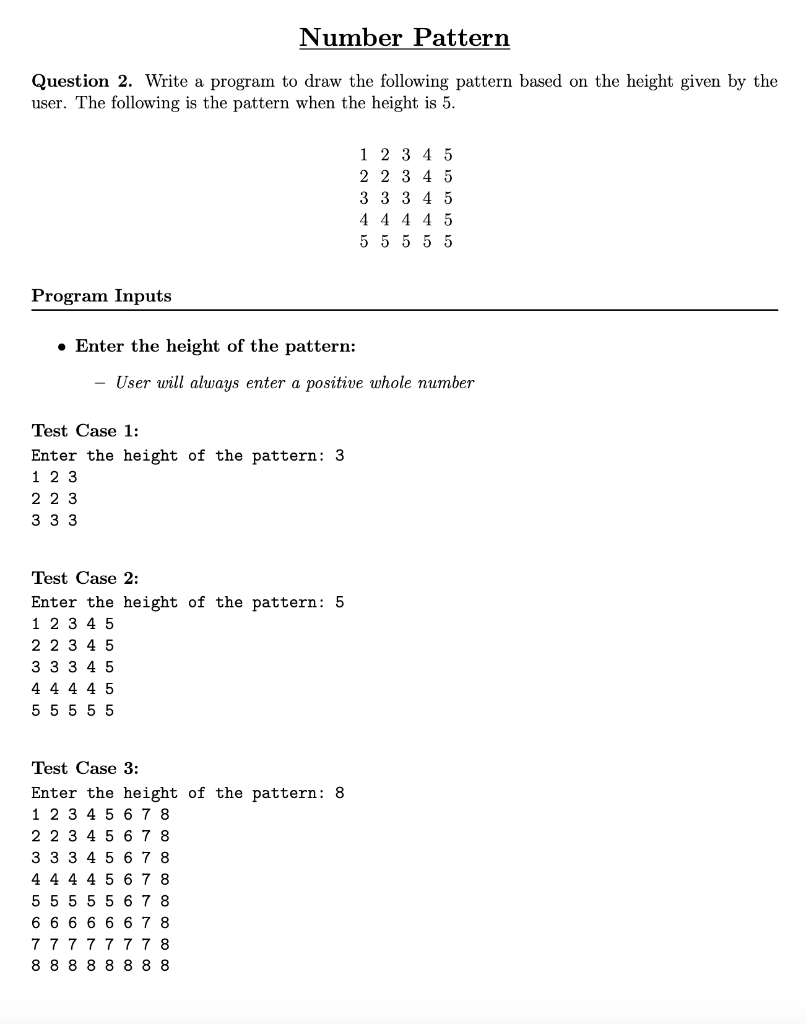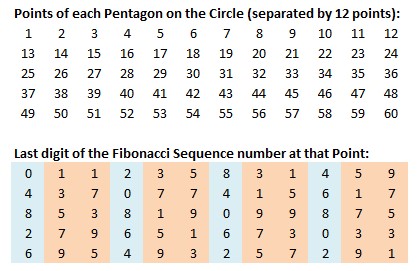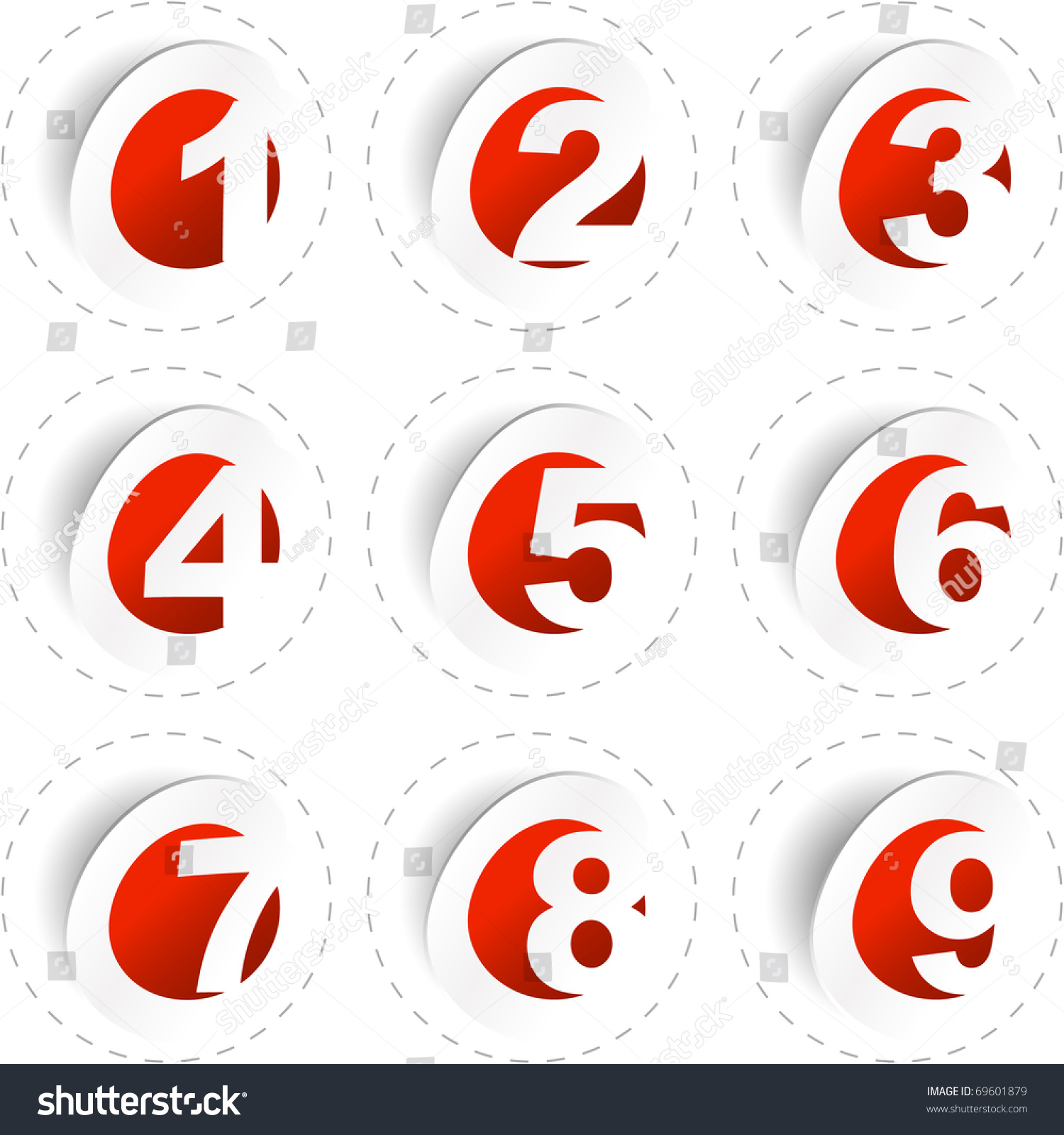1 2 3 4 5 8 Pattern

1 of those 8 slices would constitute the numerator of a fraction while the total of 8 slices that comprises the whole pie would be the denominator.
1 2 3 4 5 8 pattern. To illustrate this consider the following sequence of numbers 1 3 5 7 9. Every 3rd number is a multiple of 2 2 8 34 144 610 look at the number x 4 3. There is an interesting pattern. The numerator is 3 and the denominator is 8.
Look at the number x 3 2. If a person were to eat 3 slices the remaining fraction of the pie would therefore be. A more illustrative example could involve a pie with 8 slices. Once a pattern is found students might not need to use manipulatives.
Each time you add a new layer the number of basketballs needed to create that layer increases by 2. Wheel bolt pattern is the measured diameter of an imaginary circle formed by the centers of the wheel studs or bolt holes. Every 5th number is a multiple of 5 5 55 610 and so on every nth number is a multiple of x n. Continue until six layers are recorded.
Interchangeable wheel bolt pattern chart for cars trucks vans suvs motorhomes rvs atvs utvs and trailers. Every 4th number is a multiple of 3 3 21 144 look at the number x 5 5. And the terms after the first term are obtained by adding 2 to the previous term. 4 5 9.
Multiply the previous number by 2 to get the next one the dots at the end simply mean that the sequence can go on forever. X 1 x 2 x 3 x 4 x 5 x 6 x 7. Record the number and look for a pattern. Clearly the first term of this number pattern is 1.
The second layer adds 3 basketballs and the next adds 5 basketballs. Common bolt patterns have 4 5 6 or 8 lug holes while less common have 3 7 or 10 lug bolt patterns. We can often describe number patterns in more than one way.
















